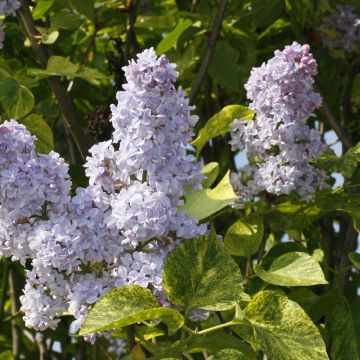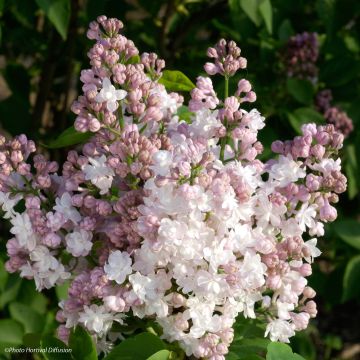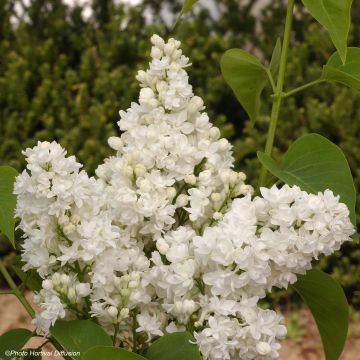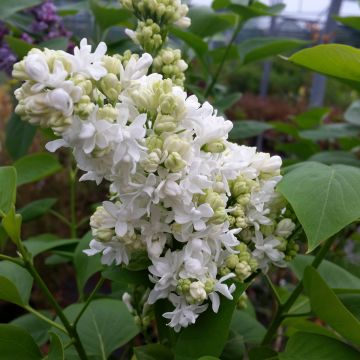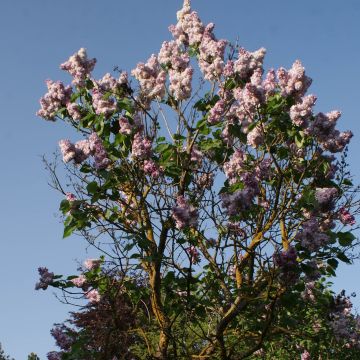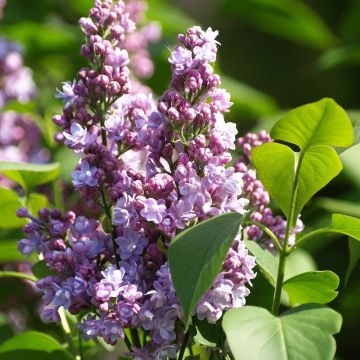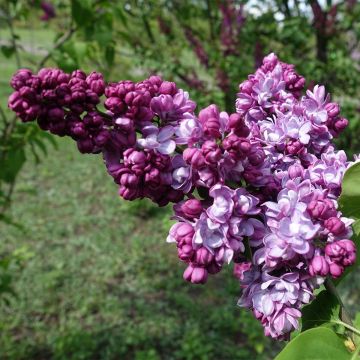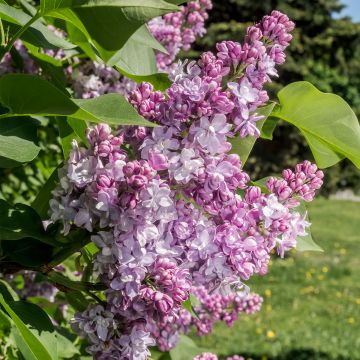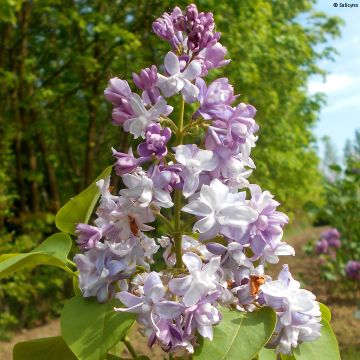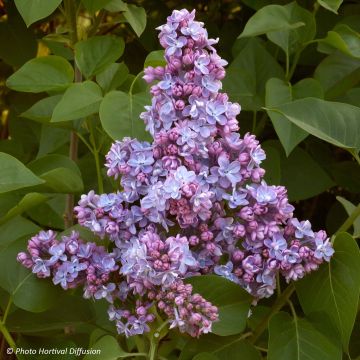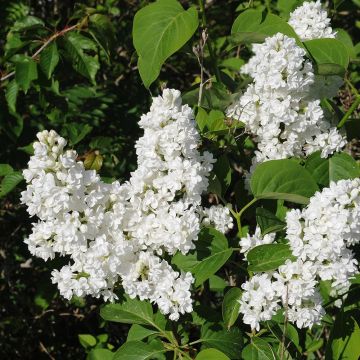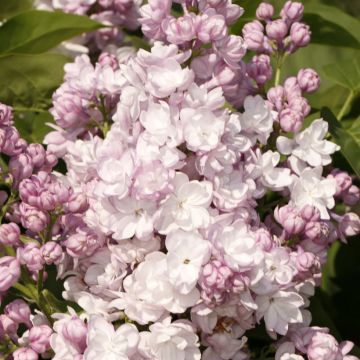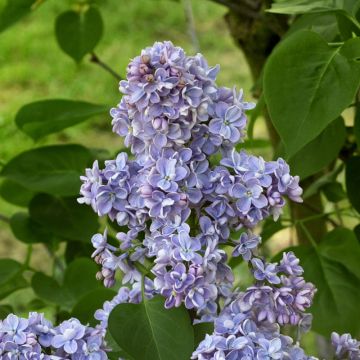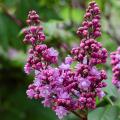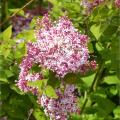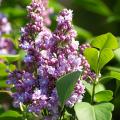Double-flowering Lilac
Does this plant fit my garden? Set up your Plantfit profile →
Available in 1 sizes
Available in 2 sizes
Available in 1 sizes
Available in 3 sizes
Available in 3 sizes
Available in 2 sizes
Available in 1 sizes
Available in 2 sizes
Available in 2 sizes
Available in 2 sizes
Available in 2 sizes
Available in 1 sizes
Available in 1 sizes
Available in 1 sizes
Our selection of Lilacs or Syringa with double flowers. Lilac is a deciduous bush emblematic of spring, which charms with its deliciously fragrant flowering. Among the numerous varieties of Lilacs, those that produce double flowers are particularly appreciated for their spectacular clusters that exhale a sweet and floral fragrance. In this category, we find old cultivars such as Syringa vulgaris 'Charles Joly' in deep wine red, 'Madame Lemoine' in perfect white, or even 'Belle de Moscou' in frosted white with a touch of pink. The double florets of Syringa have several rows of petals, giving the cluster a full and voluminous appearance. They can vary in colour, from pure white to pink, from mauve to purple and their shade generally lightens as they bloom. The vast majority of double-flowered lilacs bloom in spring, in May-June, but some, derived from the Chinese Lilac, can also re-bloom in autumn. Stunning in a large flowering hedge, double lilac flowers are naturally perfect for bouquets, especially with peonies and irises.
Easy to grow in any well-drained soil, in almost all climates, Lilac is an essential bush or small tree in a flower garden, in a free hedge, or as a specimen.
Haven't found what you were looking for?







































